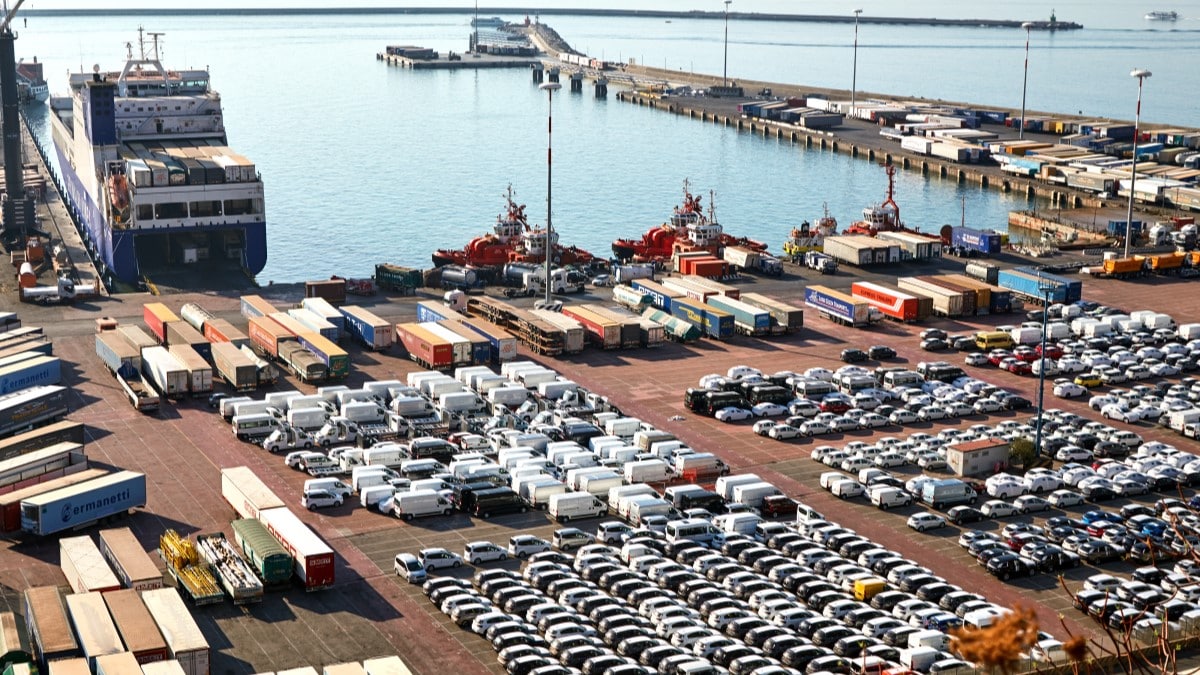President Trump has once again threatened a new round of tariffs likely to reshape the auto industry.
Reuters reports, “Trump said on Tuesday he intends to impose auto tariffs ‘in the neighborhood of 25%’ and similar duties on semiconductors and pharmaceutical imports, the latest in a series of measures threatening to upend international trade.”
The remarks threaten at least the fourth round of possible tariffs that could raise car prices.
Four Separate Tariff Possibilities
Trump initially threatened tariffs of up to 25% on all imports from Canada and Mexico. He proposed starting those tariffs on Feb. 1 but later delayed them to March 1 to allow time for the three countries to negotiate.
Analysts predicted that those tariffs could raise the price of the average new car by about $3,000, as even cars built in the U.S. use many parts imported from Canada and Mexico.
Related: Trump Tariff Delays — What It Means for Car Shoppers
Trump later proposed a 25% tariff on all steel and aluminum goods entering the U.S. That move would also likely raise car prices, as most car parts use one or both metals. Metal tariffs would affect car prices less, as automakers use a lot of domestic steel and aluminum. However, the White House clarified that the effects of the tariffs would “stack,” meaning every car would be subject to multiple tariffs.
Later, Trump threatened reciprocal tariffs on trade partners, meaning the U.S. would match any tariff another country placed on U.S. goods. Since many car-producing countries have at least small tariffs on American cars, that move would also likely raise car prices.
This fourth round is specific to cars. USA Today notes, “Trump said that while a full announcement would come April 2, the import duties would likely start at 25%.” The duties could “go very substantially higher over the course of a year,” he added.
Tariffs Are Already Part of the Global Car Trade
The major car-producing countries already place tariffs on each other’s products. Trump’s move would simply escalate those to higher rates.
The European Union, Reuters explains, “collects a 10% duty on vehicle imports, four times the U.S. passenger car tariff rate of 2.5%. The U.S., though, collects a 25% tariff on pickup trucks from countries other than Mexico and Canada,” a tax that has helped Detroit’s automakers dominate truck sales, as the tariffs would make foreign trucks too expensive to compete in most cases.
A Negotiating Tactic?
Trump’s threats have upended the auto industry. But it’s worth noting that the president hasn’t enacted a single tariff yet. The threats may be intended to open negotiations.
Politico notes that Trump “falsely claimed in his remarks that the European Union has decreased its 10% import tax on vehicles down to the 2.5% tariff that the U.S. imposes on some vehicles.” While the EU hasn’t done that, Trump may have said that to signal what he’d like them to do.
The New York Times adds, “It’s still possible that Trump will not follow through on many of his tariff threats. He delayed planned tariffs on Canada and Mexico after the stock market reacted poorly.” The Wall Street Journal has reported that Republican senators skeptical of tariffs have met to discuss ways to reduce the influence of pro-tariff advisors on the White House.
Two Presidents, Two Different Approaches to Attracting More Industry
Trump may intend the tariffs to entice more automakers and parts suppliers to open factories in the U.S.
Trump told reporters at his Mar-a-Lago estate in Florida on Tuesday, “We want to give them time to come in because, as you know, when they come into the United States, and they have their plant or factory here, there is no tariff, so we want to give them a little bit of a chance.”
Notably, former President Biden had a similar goal. He used carrots where Trump is using sticks. Biden enacted a federal tax credit of up to $7,500 for buyers of new electric vehicles. However, automakers had to source more production and raw materials from the U.S. or certain trade partners every year to qualify for the discount.
That plan worked, with multiple automakers opening multi-billion-dollar factories in the U.S. to ensure they kept access to the credits.
It remains to be seen whether Trump’s approach of punishing automakers and suppliers who don’t move will be successful.








